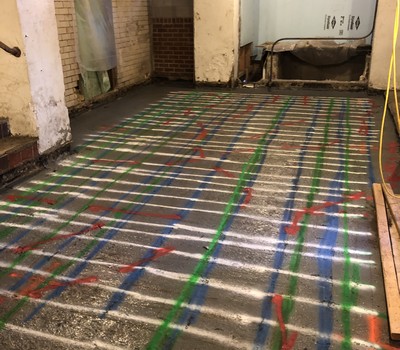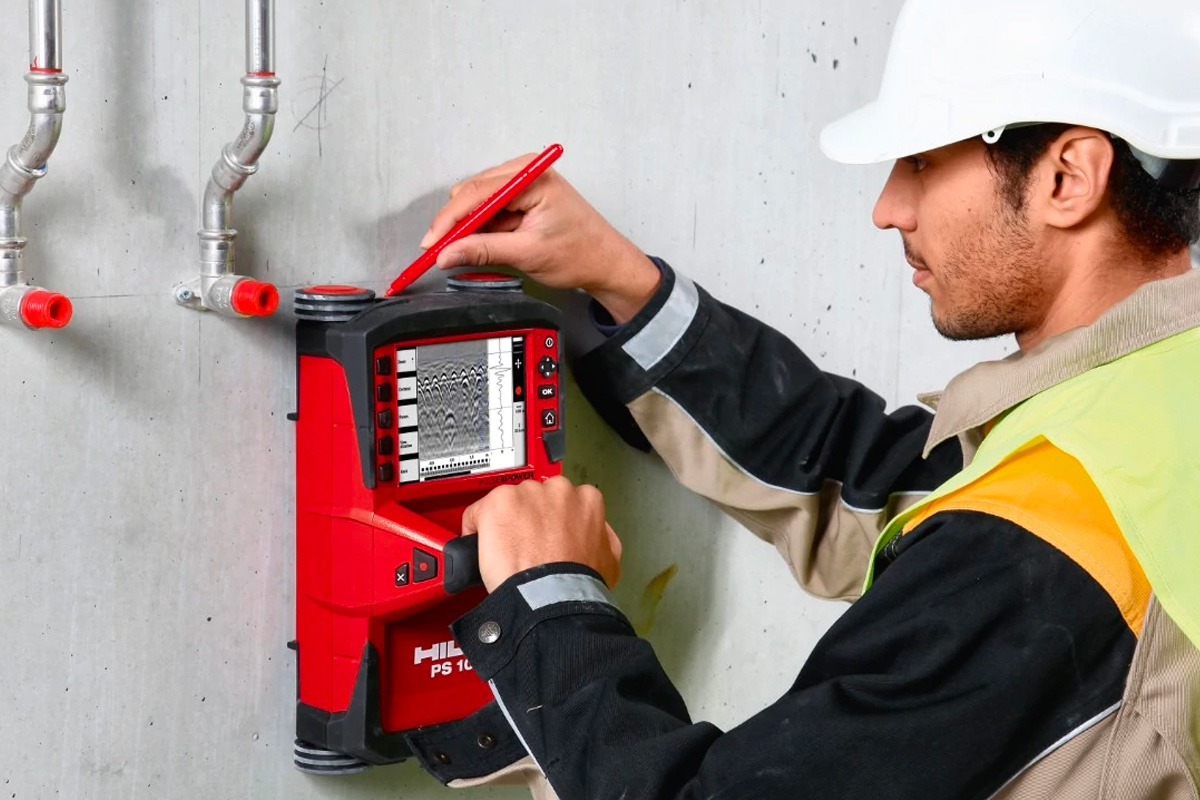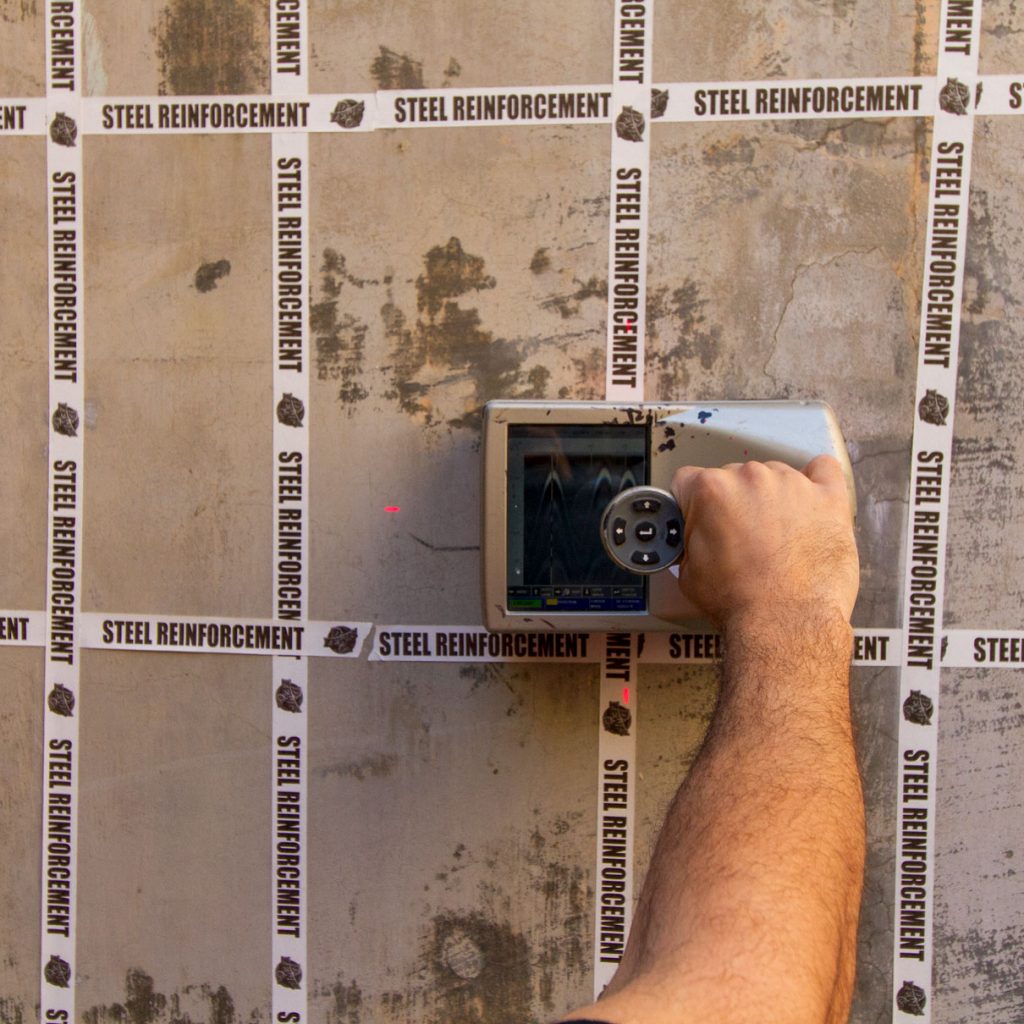Concrete Scanning: A Critical Action Towards Making Sure Architectural Stability and Safety
In the world of building and construction and facilities maintenance, the value of concrete scanning can not be overstated. This precise process holds the vital to unveiling prospective risks hidden under the surface area of apparently solid frameworks. By using sophisticated modern technology and techniques, concrete scanning offers as a crucial tool in guaranteeing that the honesty and safety of bridges and buildings are promoted to the greatest requirements. However, past its surface-level effects, the duty of concrete scanning prolongs much deeper than satisfies the eye.
Significance of Concrete Scanning
Concrete scanning plays a vital function in making sure the structural stability and safety of buildings and facilities tasks. By making use of advanced innovations such as ground-penetrating radar (GPR) and electromagnetic induction, professionals can non-destructively check concrete frameworks to discover prospective issues, voids, embedded items, and reinforcement format. This procedure makes it possible for very early discovery of abnormalities that can endanger the security of a structure, avoiding expensive problems and ensuring the safety of owners.
Before boring, cutting, or coring into concrete, scanning aids identify the specific areas of rebar, post-tension cords, and various other embedded aspects, reducing the danger of accidental hits that might lead to architectural weaknesses. In addition, concrete scanning help in high quality control by validating the thickness of concrete covers and detecting any type of discrepancies that might influence the general resilience of the framework.
Innovation for Concrete Evaluation

Benefits of Early Discovery
Prompt detection of architectural problems can substantially mitigate risks and make certain the longevity of building projects. By identifying prospective problems at an early stage in the building process, stakeholders can take proactive steps to address issues prior to they intensify into larger and more pricey troubles. Among the vital benefits of very early detection is the avoidance of structural failings, which can position significant safety risks and bring about project hold-ups and monetary losses.
Furthermore, very early discovery permits timely repair services and upkeep, which can help extend the lifespan of the framework. By addressing problems immediately, building and construction groups can stay clear of costly repairs and even the need for early replacement of architectural components. This aggressive technique not only saves money and time yet also enhances the overall safety and security and durability of the building and construction project.
In addition, very early discovery can boost job planning and decision-making by offering stakeholders with useful understandings right into the condition of the structure. Armed with this info, task managers can make enlightened options regarding building materials, timelines, and techniques, causing more successful and efficient job results.
Making Certain Architectural Security
Making sure the structural stability of a building and construction job is extremely important to its security and durability. Concrete scanning plays a vital function in guaranteeing architectural security by discovering potential concerns such as spaces, delamination, or reinforcement deterioration that might compromise the integrity of the framework over time.
By using innovative scanning technologies like ground-penetrating radar (GPR) and electromagnetic induction, building specialists can non-invasively examine concrete structures to identify areas of worry underneath the surface area. This positive approach allows for the early discovery of weaknesses or problems, allowing punctual repair services or support to prevent structural failures.
Routine concrete scanning throughout different building stages and throughout the life cycle of a structure can aid preserve its security, mitigate dangers, and make certain the security of passengers. By prioritizing structural stability via concrete scanning, construction jobs can boost their resilience and sturdiness, ultimately adding to higher safety and security and durability.
Preventing Crucial Failures
Executing regular inspections, such as concrete scanning, can expose covert problems like gaps, fractures, or deterioration that might jeopardize the integrity of a framework. By using advanced scanning technologies like Ground Penetrating Radar (GPR) or Concrete X-ray, designers can non-destructively my sources analyze the problem of concrete and recognize weak factors that call for support or repair.

Verdict
In verdict, concrete scanning plays an essential role in making sure architectural honesty and safety by using innovative technology for early discovery of possible concerns. This aggressive approach helps prevent vital failures and makes sure the security of frameworks. It is necessary to focus on concrete inspection as a common technique to protect the longevity and safety of structures and framework.
Concrete scanning plays a vital function in making sure the structural integrity and safety and security of structures and facilities projects. In addition, concrete scanning help in high quality control by verifying the thickness of concrete covers and discovering any type of discrepancies that may affect the general durability of the structure. Concrete scanning plays a critical function in ensuring architectural stability by finding prospective issues such as spaces, delamination, or reinforcement deterioration that could compromise the honesty of the structure over time.

In verdict, concrete scanning plays an important duty in guaranteeing architectural stability and security by utilizing sophisticated modern technology for very early discovery of potential issues.